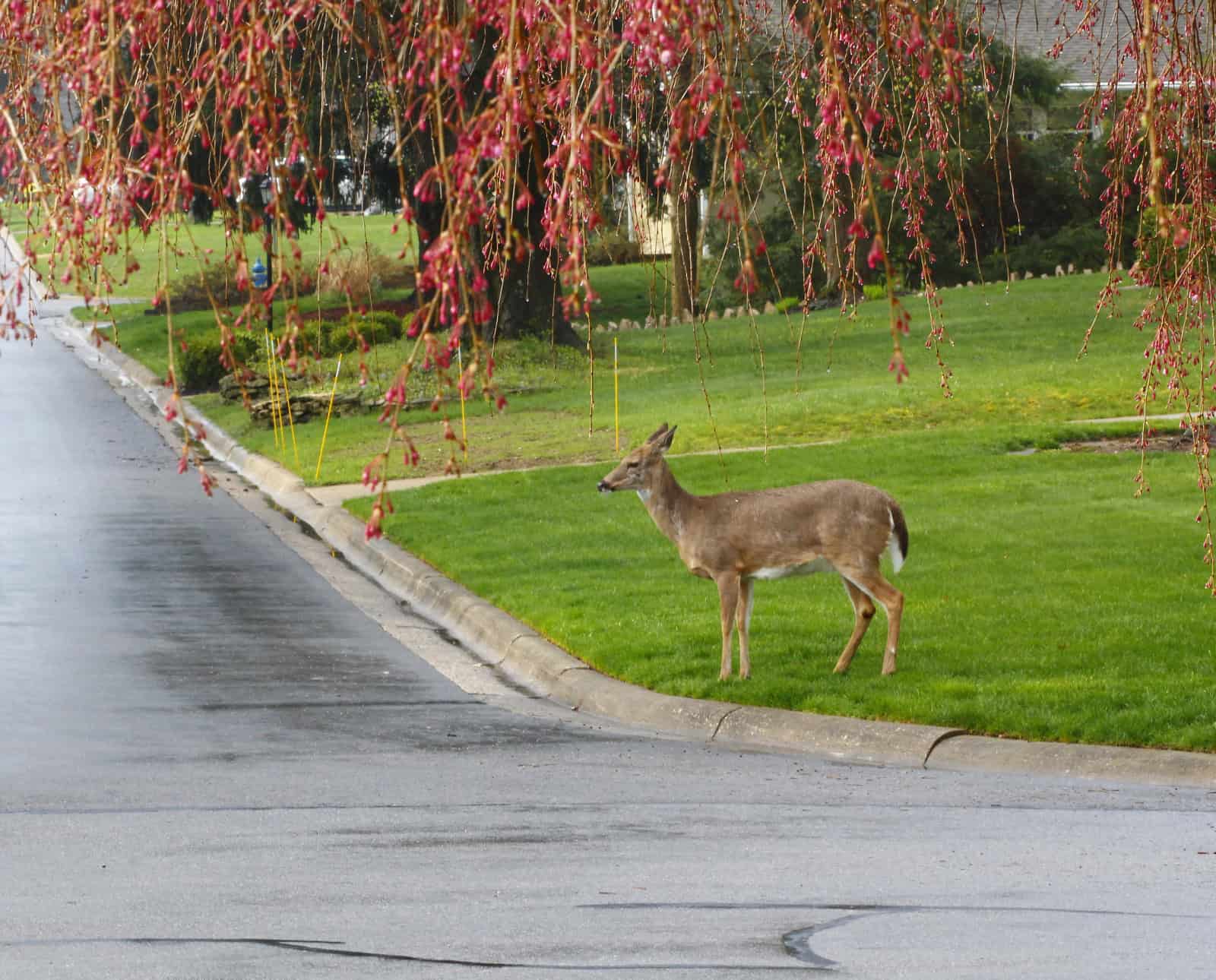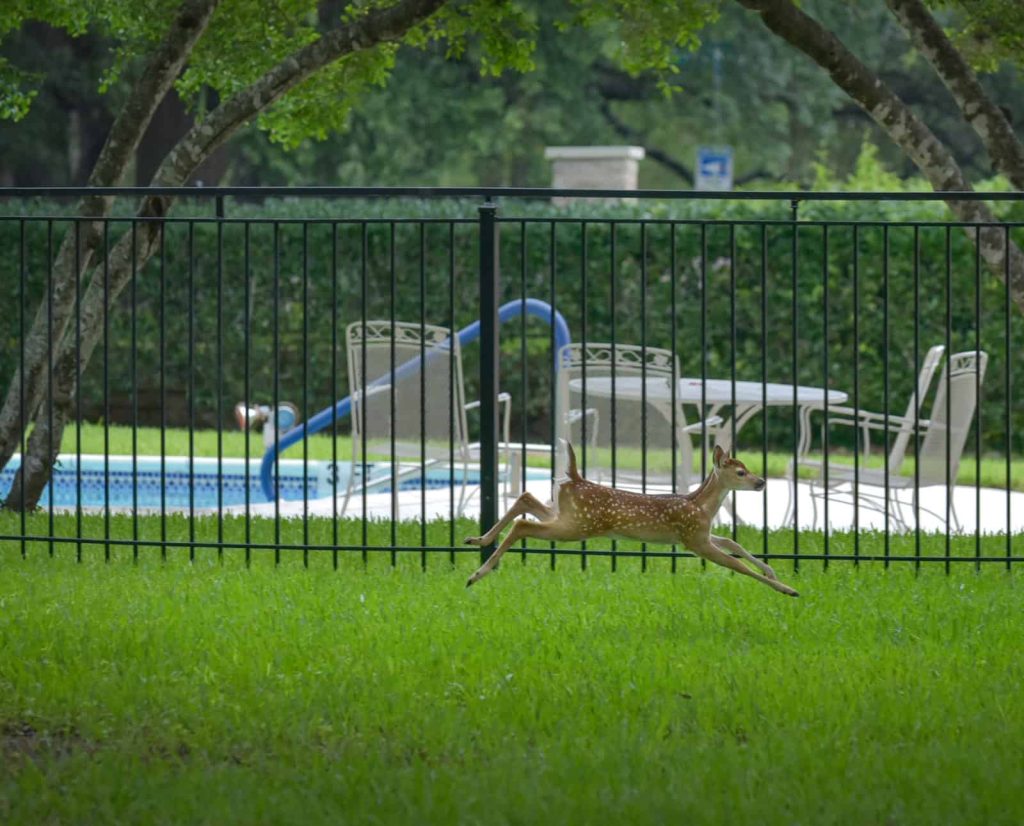How Transgenerational Stress Shapes Whitetail Deer Behavior

Read how human pressure and adaptation are rewiring whitetail deer behavior and creating the need for ever-changing hunting tactics.
Over the years, I’ve had plenty of healthy debates about what I call the science of fear. I first wrote about it in the original Urban Deer Complex, published in 2014. To give a surface-level recap, the concept centers on how deer survive and evolve in human-influenced settings and how specific behaviors are passed from generation to generation. Although I theorized on the nature versus nurture debate, I wrote that I believed young deer were born with inherently new behavioral traits that their older relatives may not have exhibited. As I recently discovered while listening to a podcast about HBO’s Watchmen, there is a scientific term for this: transgenerational stress inheritance—a real and scientifically confirmed phenomenon.
Without going too deeply into a human subject I am unqualified to speak on, I will point out that this was first confirmed in the study of animals and published around 2013. It was proven that anxieties presented in mice could be passed down at least two generations, even without the offspring being exposed to the original scenario or stressor.
To simplify the study’s method: a specific scent (associated with cherries and almonds) was used to entice male mice in a breeding pair. The mice were then delivered an electric shock to associate the scent with anxiety. These males were bred with females who had not been exposed to the same stimulus. The resulting offspring exhibited an inherent anxiety related to the scent—despite never having experienced the shock themselves.
While I’m not thrilled to write about mice being shocked in a lab for our benefit, this study provides concrete evidence pointing to behavioral evolution in animals. Add in the rapid exposure of urban and suburban environments, and you have a constantly evolving animal.

These behaviors have also become evident in more rural areas. After years of hunting culture preaching that “the farther you go into the woods, the better,” deer have begun to evolve closer to human structures and become more elusive by adapting to hunting traditions—that is, behavioral patterns—over time.
This past week, while hunting woodcock (which also appear to display transgenerational stress inheritance by walking away from points) with my bird dog—a Wirehaired Pointing Griffon—I observed a few deer hunters trekking deep into the woods and fields of a local property. It was textbook hunting methodology that assumes deer are far from roads and structures.
No sooner had we entered the wood line than my dog went on point. An American woodcock whistled into the air, and two shots rang out from my side-by-side to bring it down. Not thirty yards away, a buck stood up in the thicket. My conservative guess would put him at 150 inches or more. He looked on in puzzlement—remaining still for a good five minutes—watching me, the dog, and the interaction in front of him. Then he turned and walked away at a brisk pace along the road and toward a house, never running. He seemed to know the limits of the interaction. He understood the lack of threat we posed. As if years of evolution had taught him that deeper into the trees meant danger, he took his time along the more developed route—his safest bet.
One of the first ideas I had in the early 2000s was to hunt deer along walking trails heavily used by casual walkers, bikers, and runners. I would dress in plain clothes, wear cologne, and talk to myself as if I were in conversation with a friend or on the phone. These were the very trails where non-hunters often reported seeing deer. My hunting friends would go there and see nothing. It seemed simple, but the idea of evolutionary behavior in suburban whitetails is rather complex and constantly changing. Sure, it worked, and many deer fell victim to this trick. But I learned such concepts as the theory of fluid motion and flight response—ideas that, in retrospect, all align with transgenerational stress inheritance. While other bowhunters would stop to take a shot, I would keep walking with my bow drawn. If no shot was presented, I would continue moving—never breaking my fluid motion—walking up and down the trail until I had a clear opportunity.
The most important thing to remember—and the fundamental basis of the Urban Deer Complex—is that all of this is ever-changing. Deer become wise to tricks like these as they survive those interactions and as more people try them. That’s why it’s so important not to fall into the trap of tradition in deer hunting. We must continually evolve our tactics and adapt to rapidly changing deer behavior.
In one of the chapters, titled “Hunting the Hunter,” the basic theory is that doing the opposite of what other hunters are doing often leads you to deer. Sure, that’s an oversimplification, but it once again ties into the idea that deer can pass on behavior genetically—without the fawn or a new generation ever having to experience it firsthand. That idea alone is one of the things that has always fascinated me about deer hunting: the constant process of adaptation and challenge is what keeps us pushing forward.


